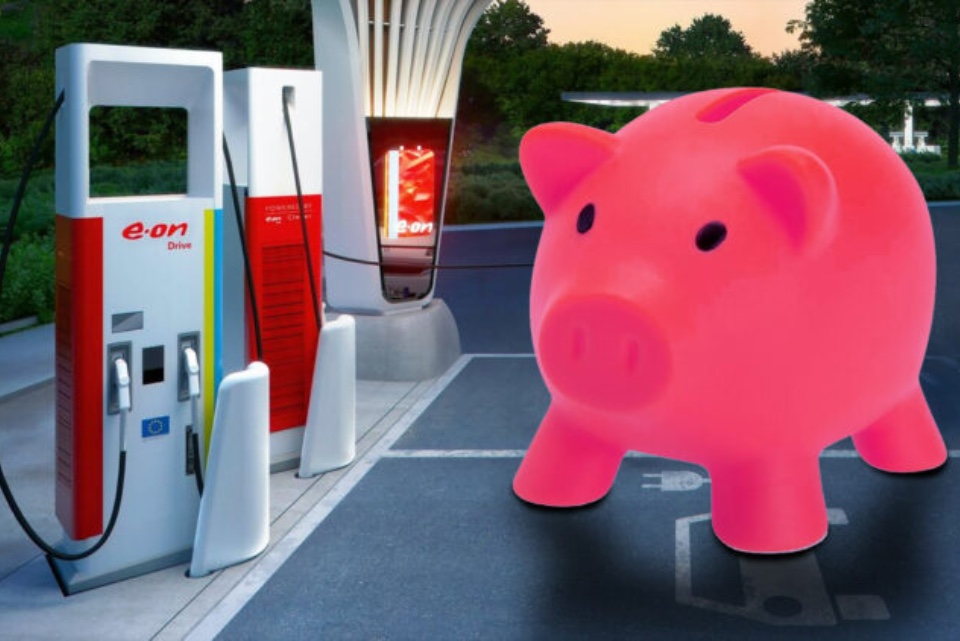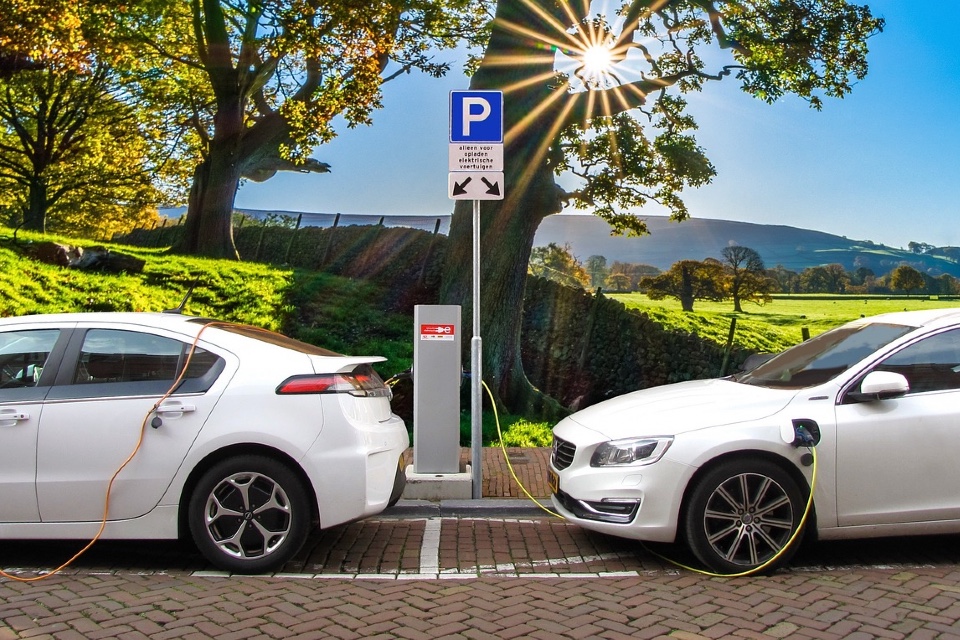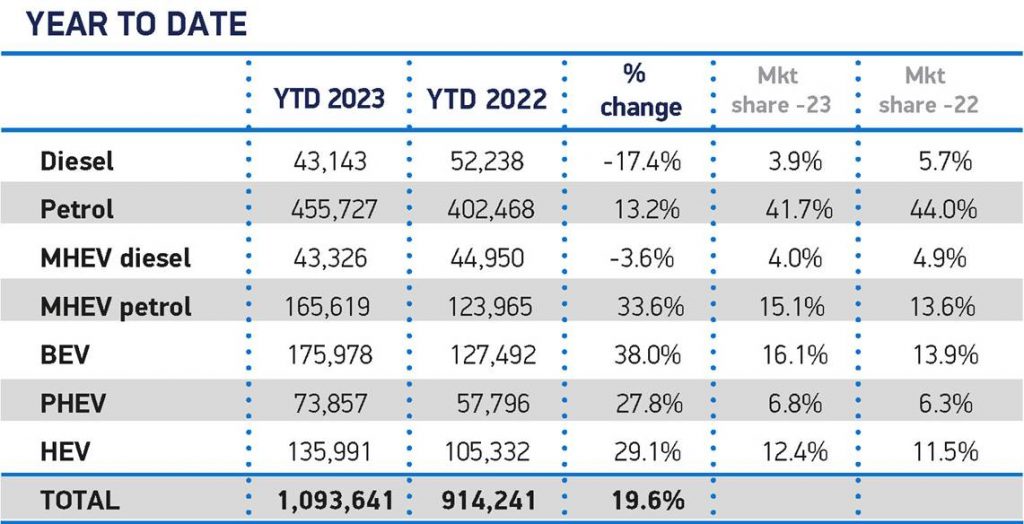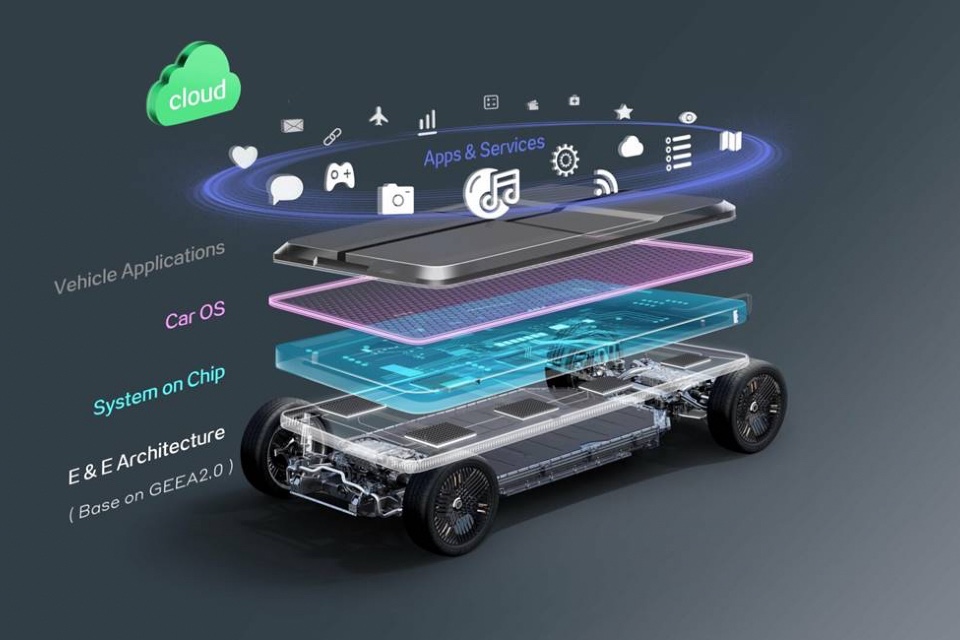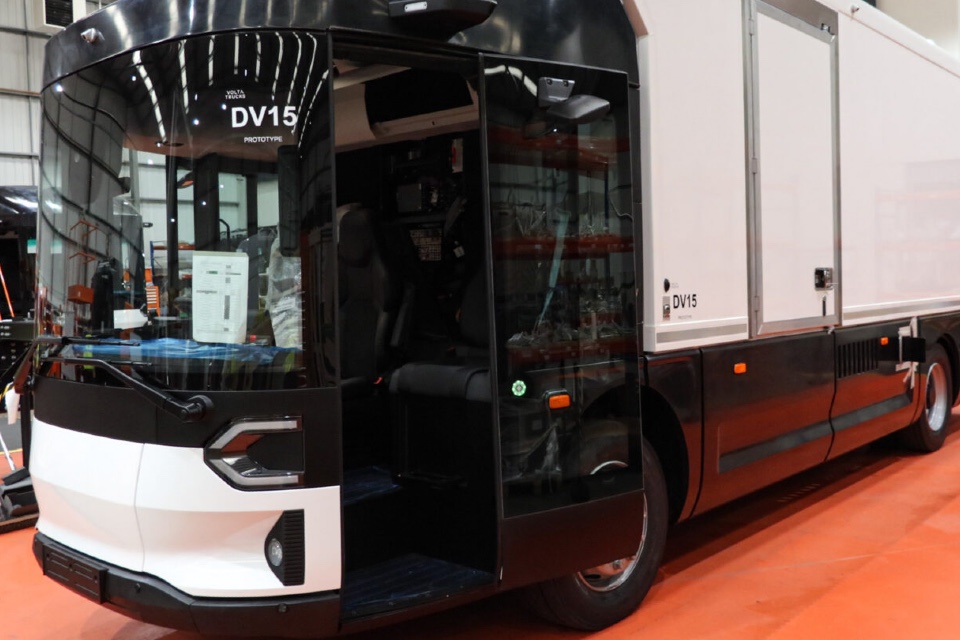THE WHICHEV VIEW: Demand for used EVs on the rise
https://fleetservicessummit.co.uk/wp-content/uploads/2023/10/Used-Car-Demand-Increase-for-EVs-on-WhichEV-750x422-2.jpg 960 640 Stuart O'Brien Stuart O'Brien https://secure.gravatar.com/avatar/81af0597d5c9bfe2231f1397b411745a?s=96&d=mm&r=gBy WhichEV
In a rapidly evolving automotive landscape, the world of used electric vehicles is experiencing a significant resurgence. The latest data from Auto Trader’s Retail Price Index reveals a compelling narrative, where the recovery in used EV values is driven by a combination of increasing consumer demand for greener vehicles and a softening in the recent surge of supply. With the average retail value of a used EV increasing by 0.6% on a month-on-month basis, the market is showing signs of stabilising and robustly defying a year-on-year decline.
The most striking revelation from the data is the continuous surge in used EV prices. So far in October, used EVs have seen their average retail value increase to £32,203, marking a 0.6% month-on-month growth. This surge comes after a stagnant September, which followed 12 consecutive months of decline. While prices remain down compared to the previous year, the rate of year-on-year decline is showing signs of softening at almost -20%, marking the shallowest rate since June.


